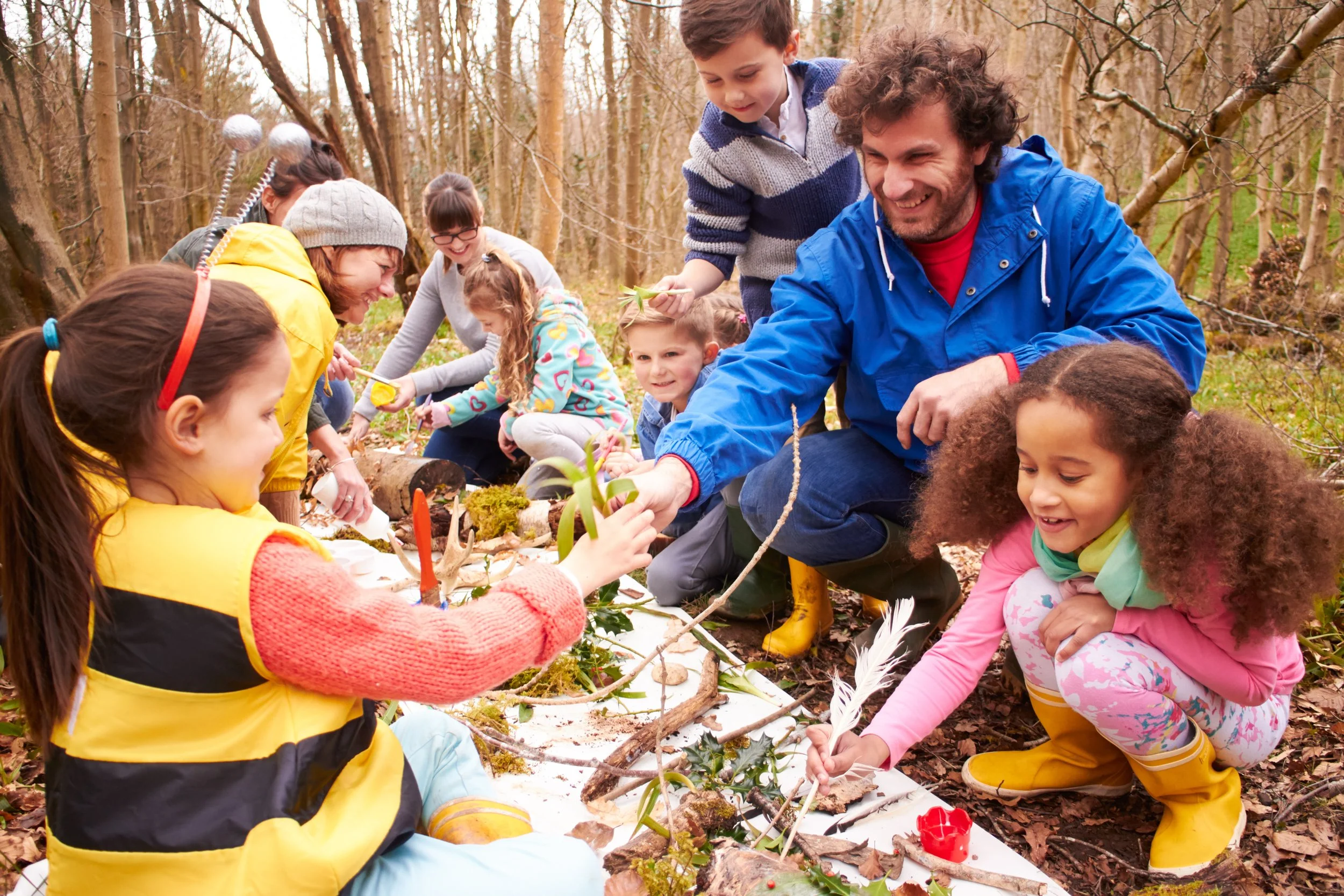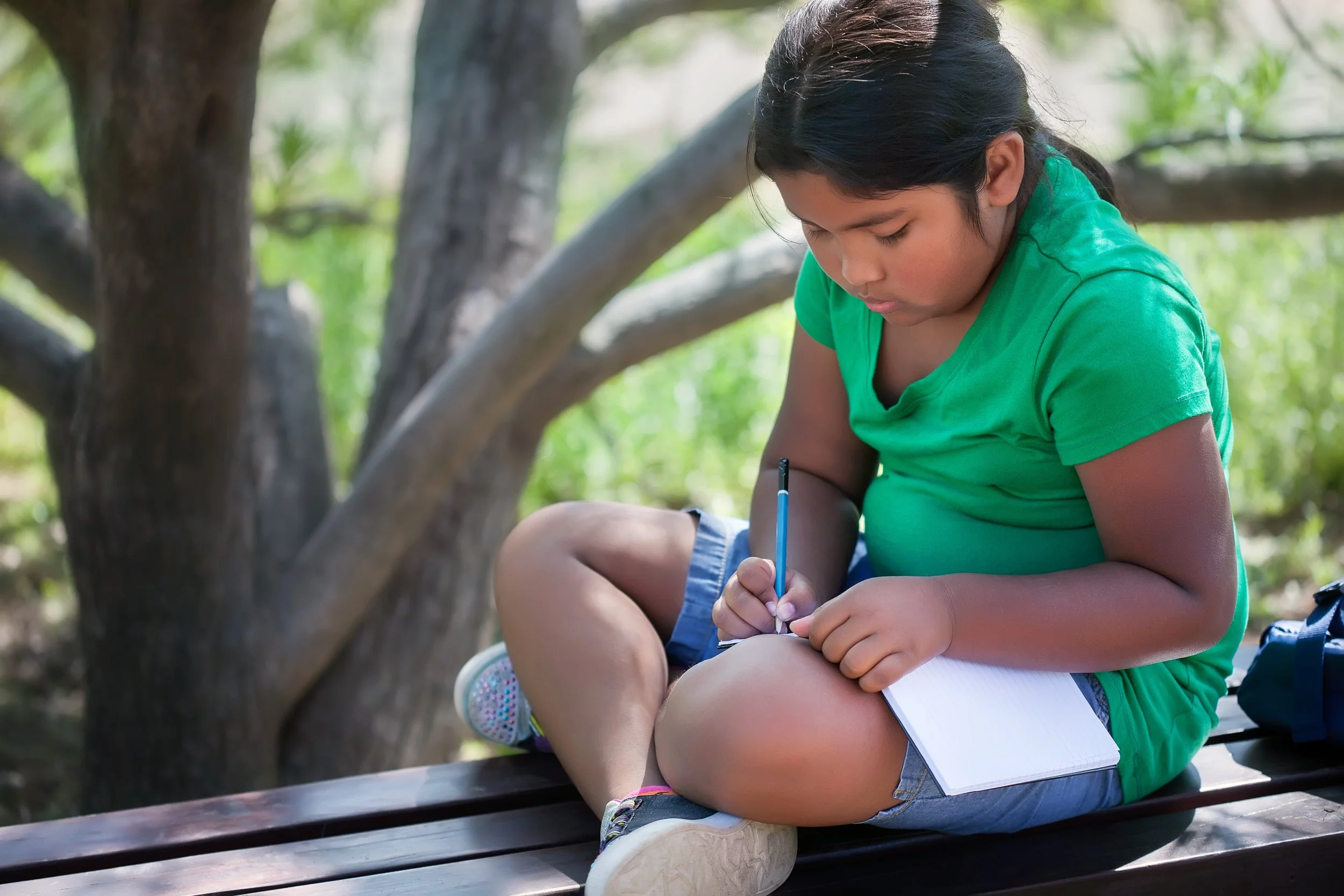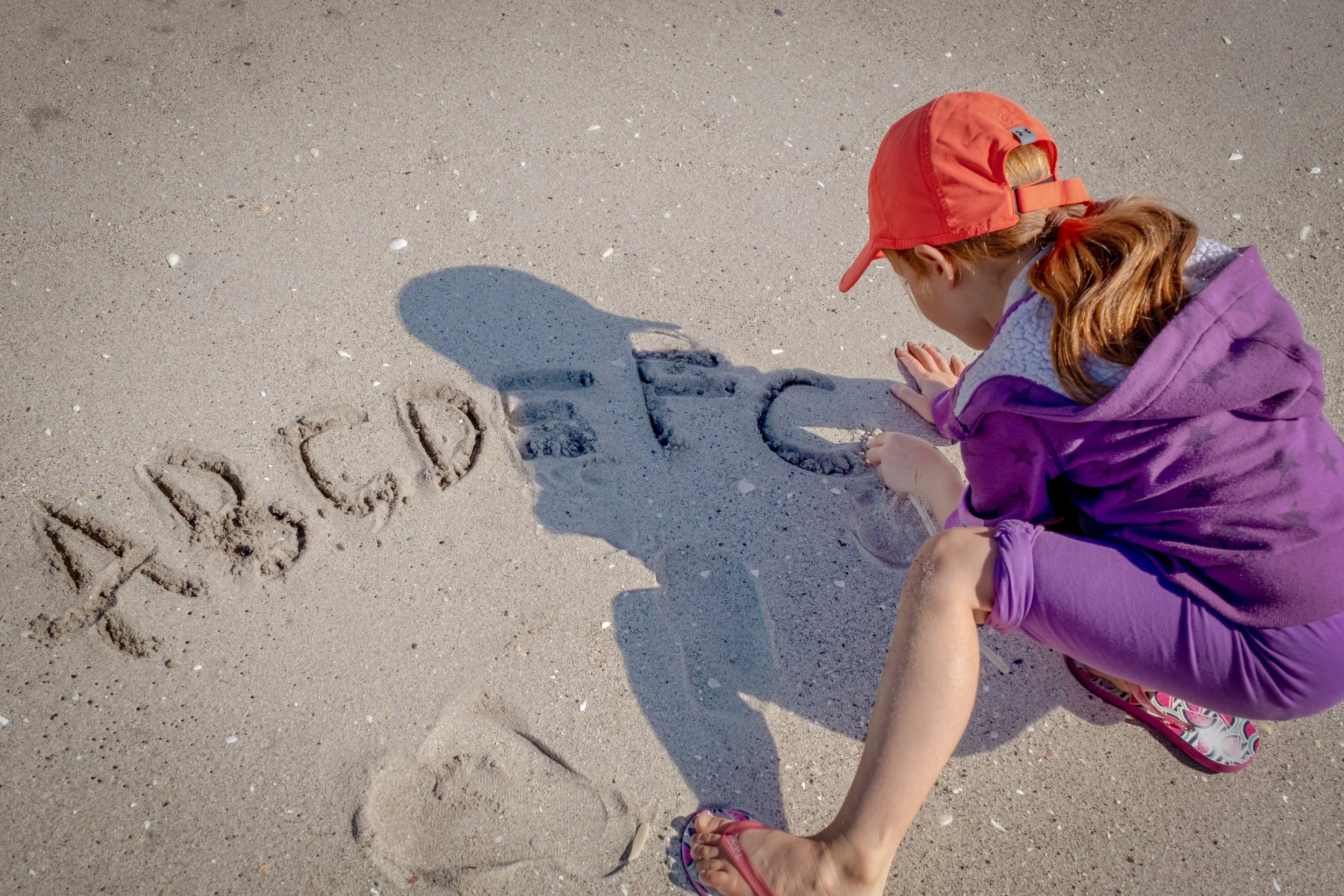Nature Based Education
Nature-Based learning (NBL) is an educational approach that uses the natural environment, or elements of it, as a context for learning and skill development. It's a way to engage children with the world around them, fostering curiosity, critical thinking, and a sense of wonder. NBL can occur in natural settings or built environments with added natural elements.
Here's a more detailed look at nature-based learning:
Key Aspects:
Context for Learning:
NBL utilizes the natural world as a foundation for learning across various subjects, not just science or environmental studies.
Holistic Approach:
It supports children's physical, emotional, cognitive, social, and environmental well-being.
Hands-on Exploration:
NBL encourages active engagement with nature through exploration, observation, and experimentation.
Stimulates Curiosity:
By interacting with natural elements, children develop a sense of wonder and curiosity about their surroundings.
Develops Skills:
NBL enhances critical thinking, problem-solving, and social skills.
Promotes Environmental Stewardship:
It instills in children a sense of responsibility and care for the environment.
Reduces Anxiety and Attention Issues:
Studies suggest that spending time in nature can reduce anxiety, sadness, and attention deficit problems.
Enhances Physical Health:
Outdoor activities in nature can improve cardiovascular health, coordination, and motor skills.
Fosters Creativity:
The sensory-rich environment of nature sparks imagination and creativity.
Learning in Natural Settings:
NBL can take place in various settings, including forests, gardens, or even urban parks.
Nature-Based Programs:
These programs immerse children in nature for extended periods, often incorporating elements like forest kindergartens.
Nature-Oriented Programs:
These programs integrate nature into existing educational settings, even with limited outdoor access.
Benefits of Nature- Based Learning
Enhanced Cognitive Development: NBL improves memory, attention, and cognitive flexibility.
Improved Social and Emotional Skills: Children develop better communication, cooperation, and empathy skills.
Increased Physical Activity: Nature provides opportunities for movement and exploration, promoting physical health.
Enhanced Creativity and Imagination: Exposure to natural elements sparks creative thinking and problem-solving.
Stronger Connection to Nature: NBL fosters a sense of belonging and responsibility towards the natural world.
Reduced Stress and Anxiety: Spending time in nature can have a calming effect and reduce stress levels.
Improved Academic Performance: Studies show that NBL can enhance learning retention and engagement.
Examples of Nature-Based Learning Activities:
Exploring nature trails: Observing plants, animals, and natural phenomena.
Building nature-based structures: Using natural materials like sticks, leaves, and rocks.
Conducting nature-based science experiments: Investigating plant growth, animal behavior, or weather patterns.
Creating nature art: Using natural materials as tools and inspiration.
Outdoor play: Engaging in imaginative play, physical activities, and social interactions.
Nature-based learning is a valuable approach to education that promotes holistic development and a deeper connection with the natural world.
Learn more:
Association for Nature Based Education
Children’s Nature Network: Research Digest
NEAYC: Our Proud Heritage. Take It Outside: A History of Nature-Based Education
Nature Based Education in the Sonoran Desert
Places like the Desert Museum Educational Programs utilize nature-based education principles and natural learning spaces. We also want to be a place where our children can appreciate the Sonoran desert and all its beauty. We can utilize outdoor learning environments during the cooler parts of the year and during cooler hours of day. We are mindful of heat and how to blend nature learning with safety.



